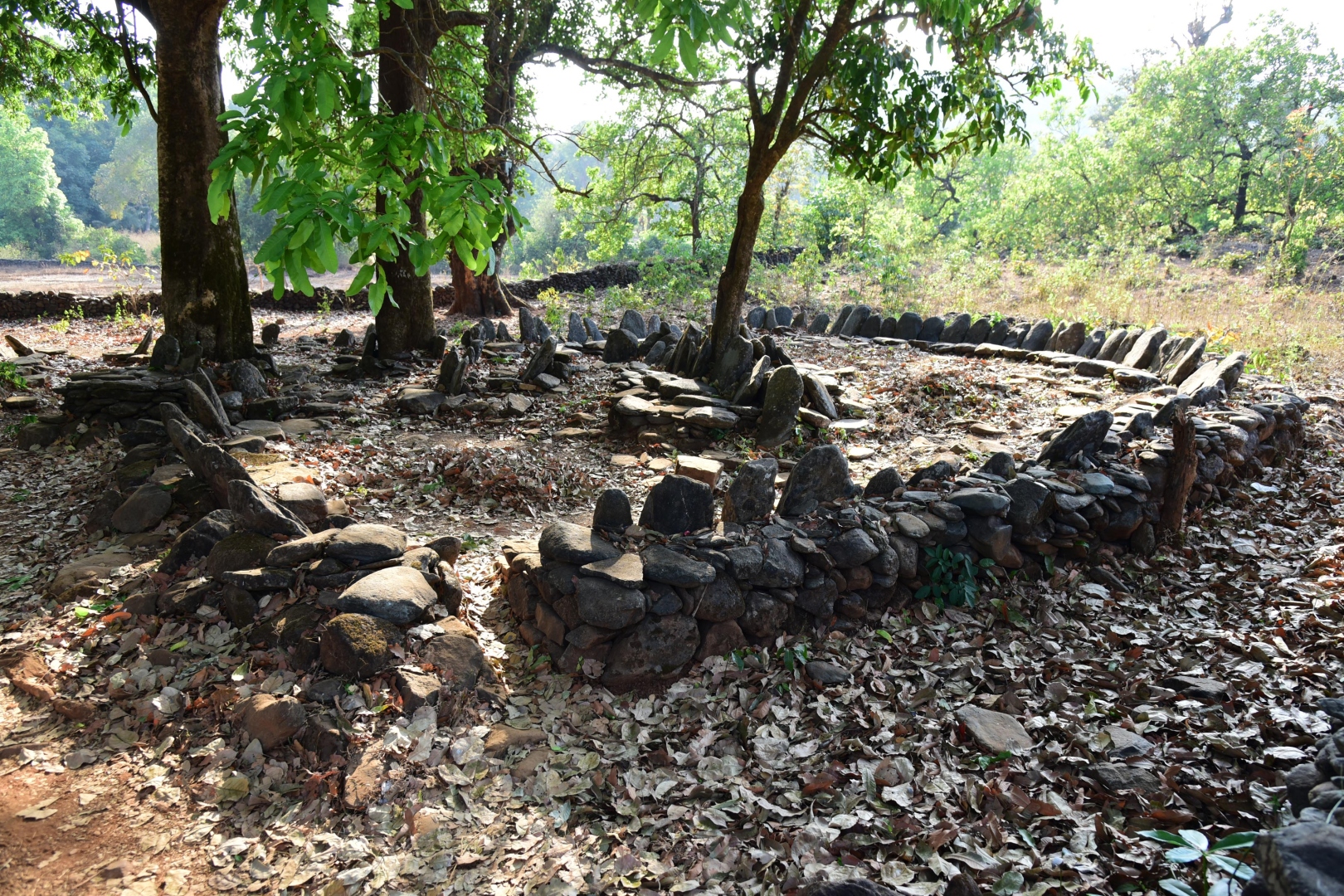The pre-historic man invoked so theatrically in political speeches would have walked in reverence, not dominion

Long before modern civilisations emerged with asphalt roads and zoning committees, the early peoples of the world walked their lands with a profound sense of responsibility toward nature. Among the most notable were the native Hawaiians, who believed in malama ‘āina the sacred duty to care for the land as one would a living ancestor. Their survival was not based on dominion over nature, but on coexistence with it. In their worldview, the earth was not a commodity but a shared inheritance, one to be preserved for generations yet to be born.
Such a worldview contrasts starkly with the present-day conduct of Goa’s political class, which has begun to romanticise prehistoric human presence in the region not as a sincere cultural reflection but as a performative distraction.
Ancient societies, with neither legislation nor litigation, practised environmental stewardship; modern governance, but the present day political class despite the abundance of institutional mechanisms, appears to falter in sustaining even the basics of ecological and civil order.
In the annals of Goan history, one of the most poignant yet overlooked narratives is that of spiritual preservation amid colonial persecution. During the Portuguese inquisition, the early Hindu inhabitants of Goa found themselves under a relentless campaign of forced conversion and cultural erasure. In the face of edicts that banned idol worship and razed temples to the ground, the people of Goa responded not with armed rebellion but with a quiet, defiant act of conservation: they placed their deities in wooden canoes and transported them across rivers and estuaries to the safety of the hinterland.
These arks simple dugout boats hewn from resilient timber became vessels of cultural survival. Much like Noah’s biblical ark, they carried not just figures of clay and stone but the faith, memory, and identity of a civilisation under siege. Entire communities collaborated to ensure the clandestine movement of idols from coastal settlements like Divar and Chorao to sanctuaries in Ponda and Canacona. What emerged in the succeeding centuries was not merely a scattering of temples but a constellation of resistance where shrines stood as testimonies to the resilience of Goa’s indigenous religious heritage.
This historical episode speaks volumes about the instinctive reverence with which the early Goans approached their cultural identity. It was not mere ritual that they sought to preserve, but the sacredness of continuity of a belief that faith, when uprooted, must be replanted with care. In today’s context, the visual display of such idols in a symbolic ark like the one seen at cultural exhibitions in Goa evokes not nostalgia, but a challenge. It reminds the modern observer that heritage is not protected by proclamations or plaques, but by conscious acts of preservation undertaken when it is most endangered.
Yet the historic guardianship of nature, as practised by Goa’s early inhabitants, has largely been disregarded by successive governments. While ancestral communities viewed land, water, and forest as integral extensions of spiritual life, the modern political establishment has increasingly reduced these elements to transactional assets. The principle of bhumi devta the deification of land once formed the ethical basis for communal usage and sacred groves. Today, that same soil lies at the heart of legal disputes, mining leases, and real estate speculation.
Sacred springs have been diverted, mangroves cleared, and coastal zones reclassified in the name of tourism. The dilution of the Regional Plan 2021 and recent amendments to the building regulations have laid bare the systematic dismantling of environmental safeguards in favour of commercial gain. If early Goans used arks to preserve deities, modern planners bulldoze hillsides to carve out gated villas.
In an even more audacious move, the Central Government has proposed exploring the feasibility of establishing a nuclear power plant in Goa. The prospect, though still at a preliminary stage, has been met with justifiable alarm. The State’s compact geography, coupled with its rich biodiversity, makes it an illogical and ecologically perilous site for nuclear infrastructure. The Portuguese, despite their oppressive rule, had the prudence not to disrupt Goa’s environmental sanctity. That post-colonial governance would entertain such an invasive proposition speaks to a deep rupture with the legacy of stewardship the land once enjoyed.
The nuclear proposal also exemplifies a pattern of centralised decisions imposed upon regional landscapes without cultural or ecological sensitivity. The absence of public consultation, non-disclosure of intended sites, and the hurried feasibility talk reflect a governance style more technocratic than participatory.
A judgment
rooted elsewhere
In a recent and disquieting development, the Division Bench of the High Court of Bombay at Goa, dismissed a Public Interest Litigation Writ Petition (PILWP) challenging the legality of a residential villa project permitted on ecologically sensitive “No Development Zone” (NDZ) slopes.
The presiding judge, originates from the Nagpur Bench of the Bombay High Court: a city shaped more by inland forest law and mining jurisprudence than coastal ecosystem regulation.
While the integrity of judicial impartiality is not questioned, it becomes increasingly relevant to critique how geographical context influences legal reasoning. The distinct environmental, socio-legal, and cultural character of Goa is not always easily translatable through precedents or logic developed in regions like Vidarbha, where the concerns often revolve around timber rights or tiger reserves not fragile coastal slopes or interlaced riparian systems.
In conclusion, the pre-historic man invoked so theatrically in political speeches would have walked in reverence, not dominion. He would have protected springs, not privatised them. He would have ferried idols to safety, not permitted temples to be encircled by concrete. Until those in power begin to walk in those ancient footsteps not in word, but in action, the soil of Goa will remain sacred only in rhetoric, not in reality.